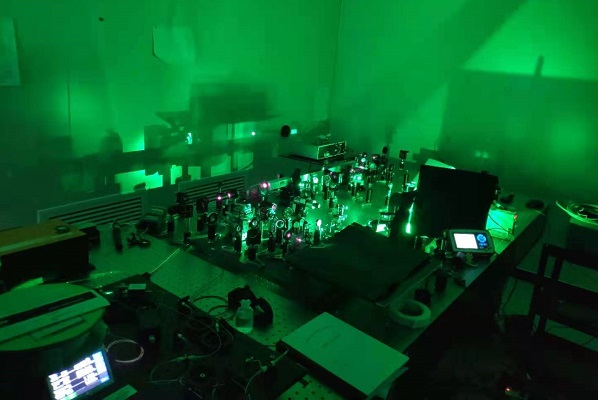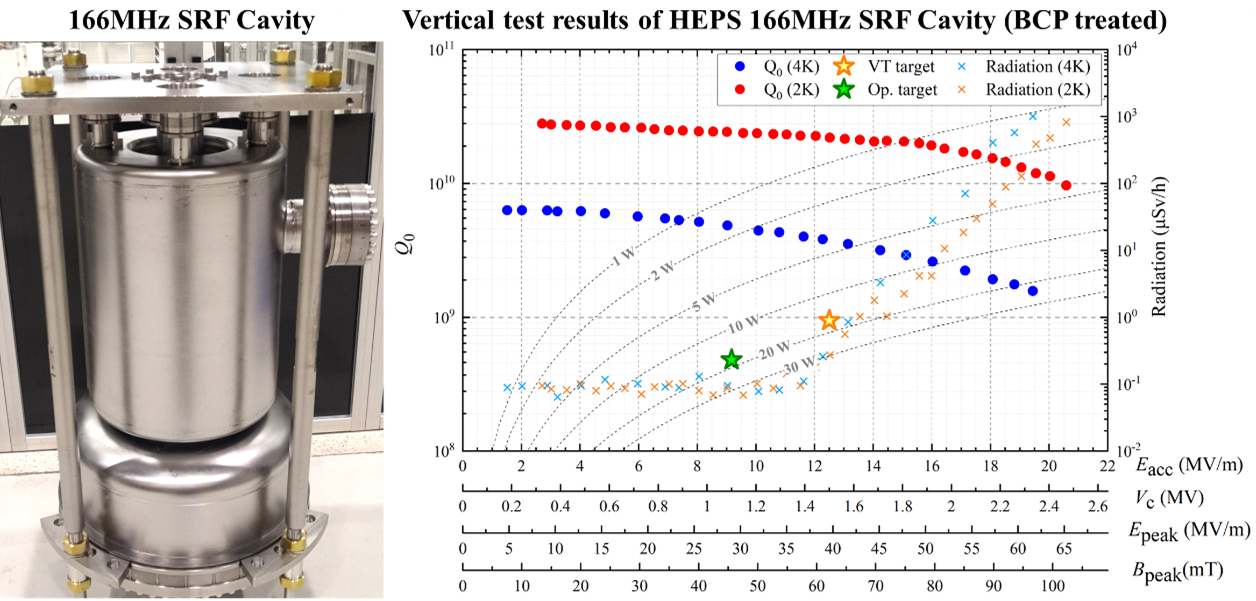High Average Output Power Achieved in PAPS Photocathode Drive Laser System
The photocathode drive laser is one of the key parts of the beam test system of the Platform of Advanced Photon Source (PAPS). Output power exceeding 116 W was obtained after the main amplifier of the laser. The results were published in the latest issue of Optics Express.
Electron sources with laser-driven photocathodes are widely used in free electron lasers (FELs) and energy recovery linacs (ERL) due to their low emittance beam and controllable bunch length. In order to obtain higher quality electron beams, various laser beam shaping methods are commonly used in this type of electron source. However, due to the reflection and absorption by the shaping crystals, the induced energy loss of the laser beam may be as high as 90%. This energy loss limits the laser power projected on the photocathode, and hence the average electron beam current. A direct and effective way to overcome this problem is to provide higher laser power for the shaping process.
In achieving higher laser power, the linac group developed an all-fiber laser system, with a rod ytterbium-doped photonic crystal fiber as the main amplifier. This system has been producing 116.2 W of average infrared output power and 39.4 W of green laser output power after frequency multiplication. This paves the way for overcoming various difficulties in long-distance transmission and achieving high current and high-quality electron beams.

Contact Information
Mr. GUO Lijun
ljguo@ihep.ac.cn

